Blog
PPM Software Deployment Guide
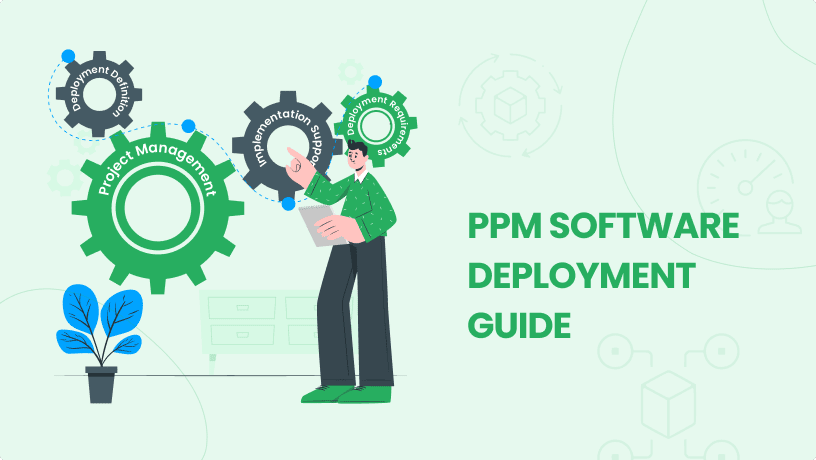
Preparing your organization for success
Abstract
Once the best fitting project portfolio management (PPM) software has been selected, an organization must then proceed to applying the knowledge it acquired during the evaluation process to ensure the efficient implementation of the selected technology to its environment. For many organizations, the key to successfully deploying enterprise software typically lies with the chosen vendor. Although the vendor tends to be the primary driver during deployment, even the best implementation team will fail if the customer itself does not take the necessary measures to prepare their own team for the imminent changes ahead. PPM solutions are only as good as the people who employ them. The fact is a successful installation alone will only provide an organization with the vehicle for improvement. Without customer commitment, often, PPM software investments turn into unwanted “Shelf ware.”
To avoid “crashing before take off,” organizations need to recognize that they must prepare themselves for their new PPM solution. The aim of this white paper is to provide organizations with a detailed guide highlighting the steps necessary to prepare their teams for a successful PPM software deployment that will improve their visibility, their processes, and their collaboration.
For a more in-depth visual explanation, check out our accompanying YouTube video.
Step 1. Deployment as a Project: It all starts with the plan.
Rigorous deployment planning is the first necessary step an organization must take to position its new PPM solution on the right track. Along with the chosen vendor, the organization must define the deployment project plan, objectives and risks associated with the change. The purpose of the plan is to communicate what is involved to the end-users, and to begin the process of organizational buy-in that will ultimately lead to product adoption.
When developing a deployment plan, it is critical that all phases of the plan are clearly defined and that the plan serves as the primary driver that will successfully guide the PPM deployment project. A comprehensive software deployment plan should include the following phases:
- Phase 1 – Deployment Definition – the purpose of the deployment plan is to clearly define the overall objectives of the PPM technology and its application to the business. The definition process needs to involve all project stakeholders so that expectations are clear from the onset.
- Phase 2 – Project Management – Once objectives are clearly defined, a detailed plan of the major tasks needs to be documented to effectively execute deliverables. This section of the plan is the roadmap for getting the PPM system up and running within the organization.
- Phase 3 – Implementation Support – As part of the planning process, clearly defining the roles and training required, along with material resources such as hardware, software and documentation to the involved stakeholders, will encourage a successful deployment. Additionally, during this phase, the deployment team can identify any gaps in support that might impede the deployment’s progress.
- Phase 4 – Deployment Requirements – In the final planning phase the project team develops a list of site-specific requirements and acceptance criteria on which the client and project team agrees. This final element of planning will establish an agreement among all parties so that expectations are defined and met.

In the final analysis, the objective of the deployment plan is to build a blueprint for success that is aligned with corporate objectives and vendor expectations. If the plan is carefully laid out and all the required parties are involved in its development, the process of planning can be an extremely effective tool in solidifying successful product adoption.
Step 2. Requirements Gathering: Setting Expectations
It is not uncommon for organizations to set lofty goals during the evaluation process for what they seek to achieve with a new project portfolio management system. However, once a solution is selected and a deployment plan established, organizations generally realize that some initial “quick wins” are necessary to ensure adoption of the new system by its end users. In many cases, unrealistic expectations can hurt or ruin deployment projects before they even begin. For this very reason alone, the requirement gathering stage must be fully leveraged to ensure both implementer and customer are on the same page. The requirements’ gathering stage is the first step in building a common strategy with the vendor in order to maximize return on the PPM investment.
One of the most effective strategies in developing a successful deployment road map is to first assess the project management maturity of the organization. A comprehensive maturity model typically evaluates the human resources, processes, and technology in relation to the best practices defined by industry experts and leaders. Clearly gauging where the organization stands will enable both implementers and users to identify which aspects of the PPM system will be readily adopted and which ones will require more effort. The idea is to build an approach that significantly reduces the pain of change and allows for the full exploitation of the PPM system’s benefits to be achieved over time.
Following the maturity assessment, the implementation team can develop a requirements gathering document prioritized according to the organization’s needs and in a phased manner. This requirements document will act as a barometer of where the organization can expect to succeed. In addition, the requirements gathering exercise will guide both parties (vendor and customer) down a healthy communication path that will instill transparency and trust, building the necessary partnership for a successful outcome. The goal should be to finalize deployment milestones agreed upon by implementer and customer, satisfying the organization’s goals from initial pilot to complete roll out.
Step 3. Building the Deployment Team: Aligning People, Process and Technology
Once expectations and goals are agreed upon, the next step is to build a deployment team that includes all the critical stakeholders that will drive the success of your PPM initiative. Effectively defining customer and consultant roles, as well as selecting business sponsors and internal champions, will ensure the deployment project delivers on its objectives. Moreover, the success of the deployment team will depend on its alignment with the defined project processes addressed by the new system.
All successful deployment teams include representation from both the customer and vendor sides with well-defined roles. Moreover, the desired team will facilitate bridging the gap between the organizational needs and the technology that will improve the way projects are managed and executed by the various stakeholders involved. It is critical that the deployment team be well-balanced and consist of business sponsors, stakeholders and project managers on the customer side, and implementation consultant, technical support and account manager on the vendor’s side. The goal is to build a reliable deployment team where the customer will provide the best resources committed to the project so that they can develop subject matter expertise throughout the lifecycle of the solution with the support of the vendor during and post deployment.
The fact is, developing a successful partnership strategy with the selected vendor will maximize the ROI on your purchased professional service days. Having the right deployment team in your organization will not only improve the deployment’s chance for quick success but ensure that the consulting group for hire delivers the best results leaving little room for misinterpretation or miscommunication – the main culprits for misalignment, delays and bottlenecks.
Step 4. Preparing for Change: Increase your Chances for Success
Developing a change management strategy as part of your deployment project is as important as the actual deployment itself. A successful PPM deployment needs to go beyond the motions of installation, configuration, and training, and needs to include a strategy that will encourage product adoption. Resistance to change and organizational hurdles need to be thought through so that the PPM system will fit both functionally and culturally within the organization. After all, ignoring the impact of change can potentially undo all the hard work you have invested in evaluating, selecting, and deploying your new PPM solution.
The change management component of deployment focuses on the people side of the equation. The importance of managing change lies with the fundamental reality that human beings resist change even when it brings improvement to their lives. Since PPM systems are only as good as the people who employ them, the purpose of developing a change management strategy is to assist in the painful cultural shift that is inevitable concerning product adoption of the newly introduced PPM technology. The ultimate objective is to align and promote the positive changes of the new PPM system with the current PPM challenges experienced by the organization.
A change management strategy needs to communicate and convince the end user that there is a light at the end of the tunnel. The message given should communicate some of the positive outcomes that will be engendered by the new PPM system:
- Better alignment of organizational goals with project activities
- Enhancement of individual working experiences
- Improved quality of services for customers
- Improved transparency and visibility into project data
- Improved productivity and decline in wasteful project activities.
The idea is to effectively illustrate the alignment of the positive impact resulting from a new PPM solution to the everyday challenges of each specific group of project stakeholders. The anticipated goals of a PPM system are more readily achieved when change is effectively communicated.



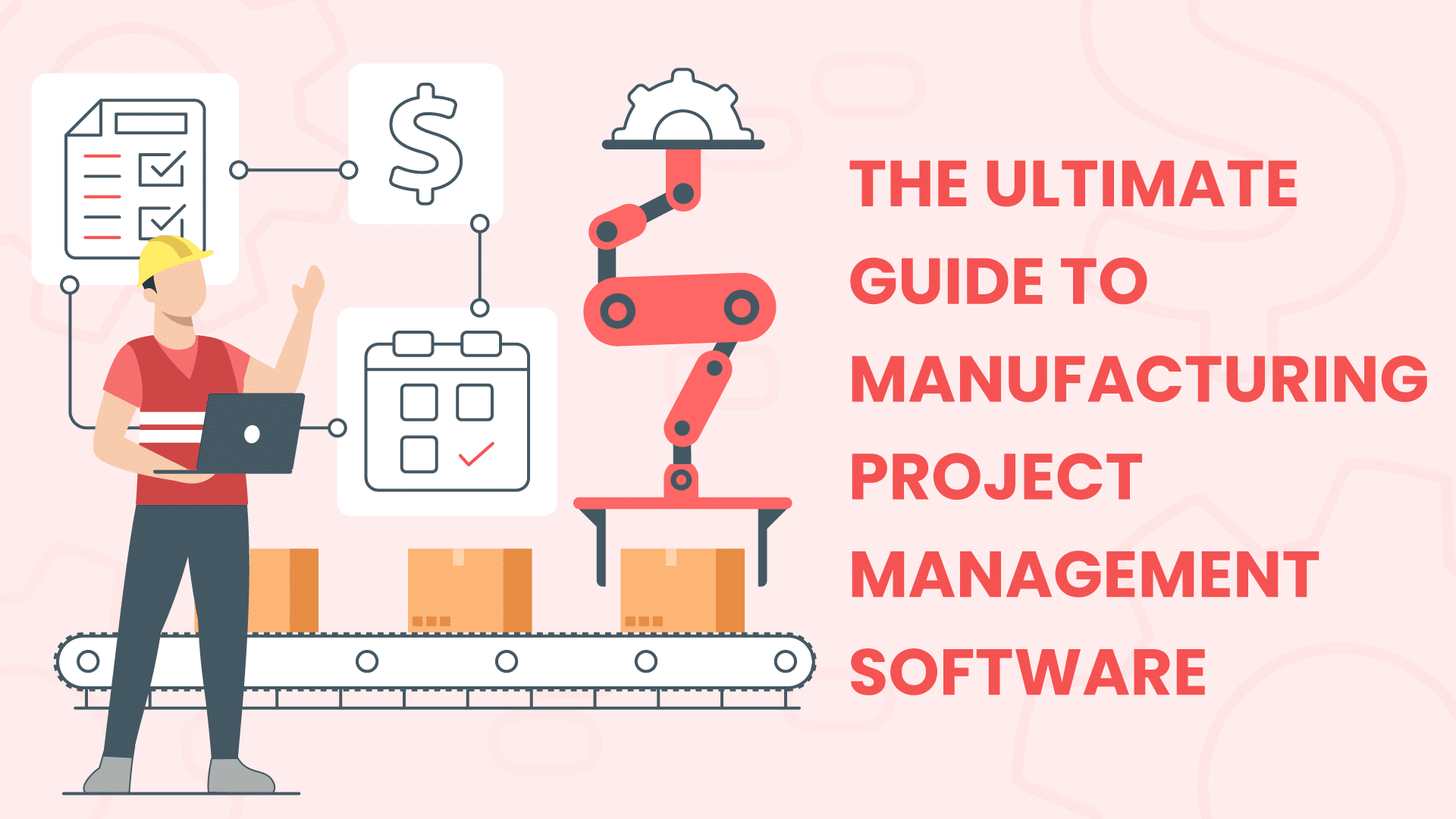


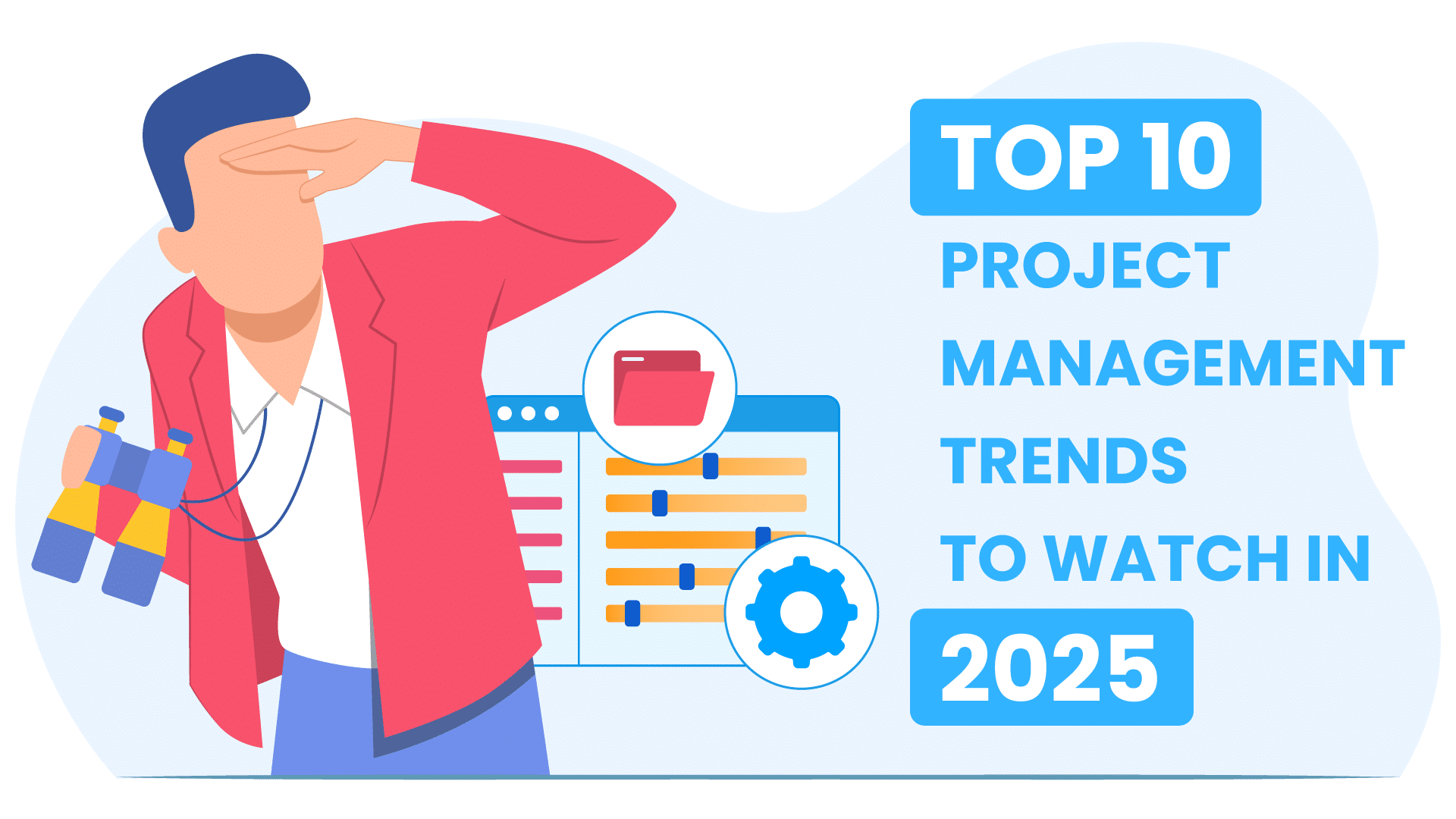


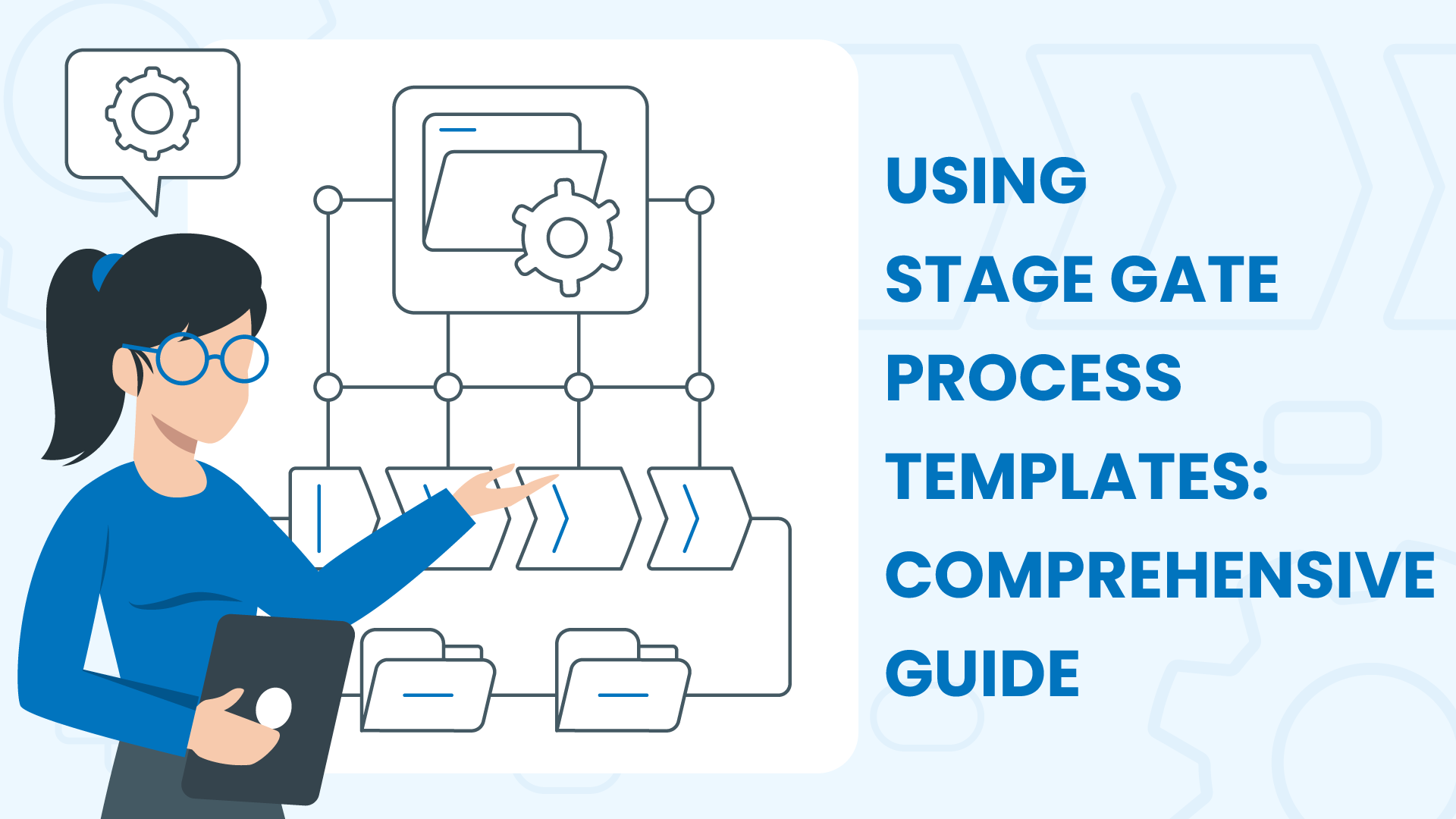




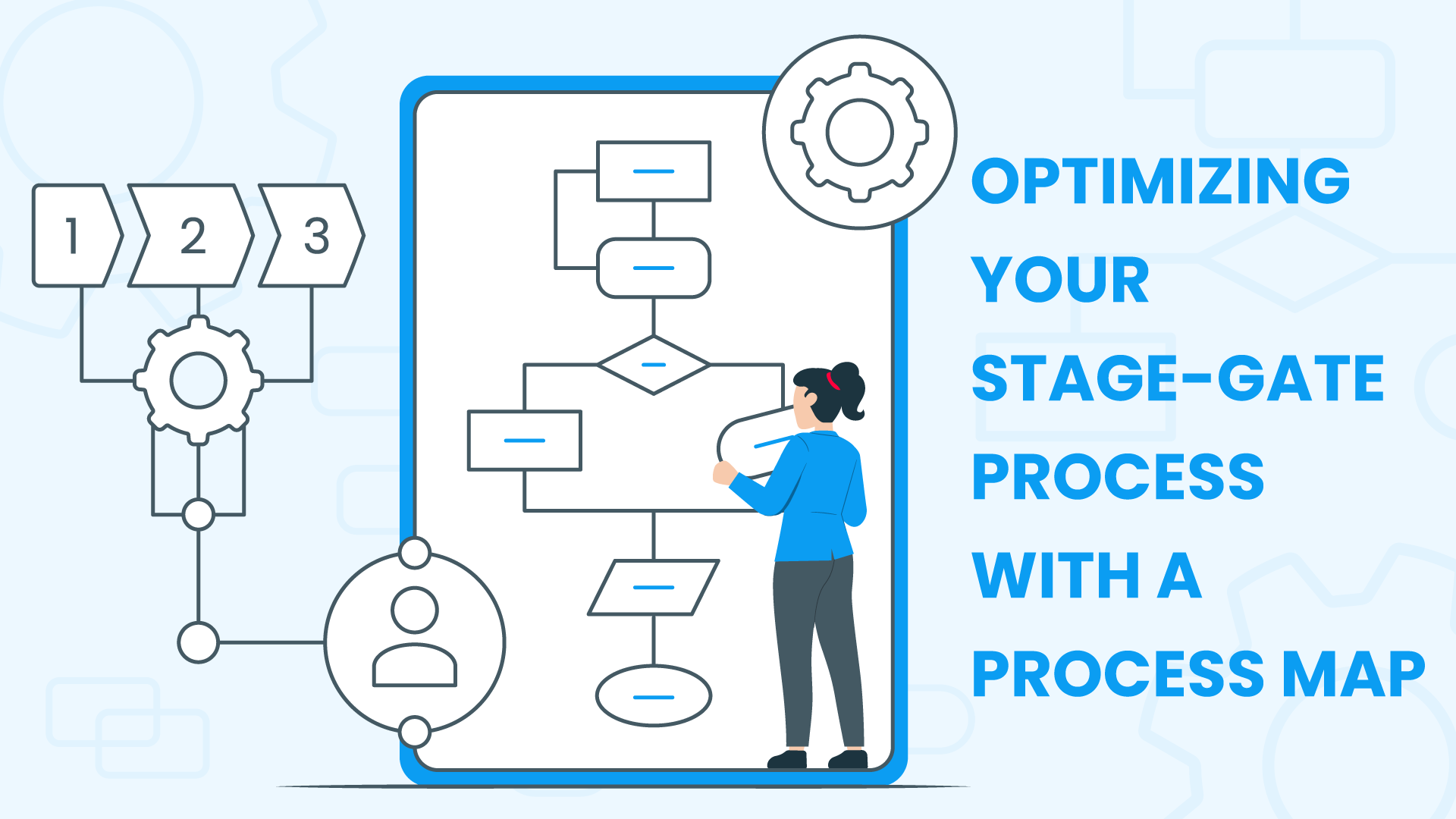



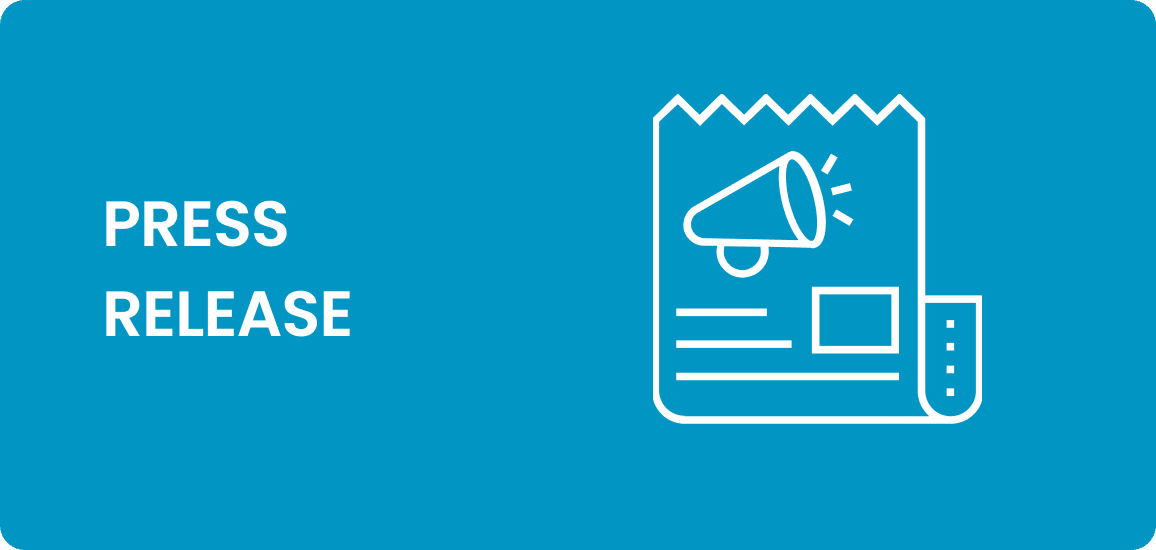




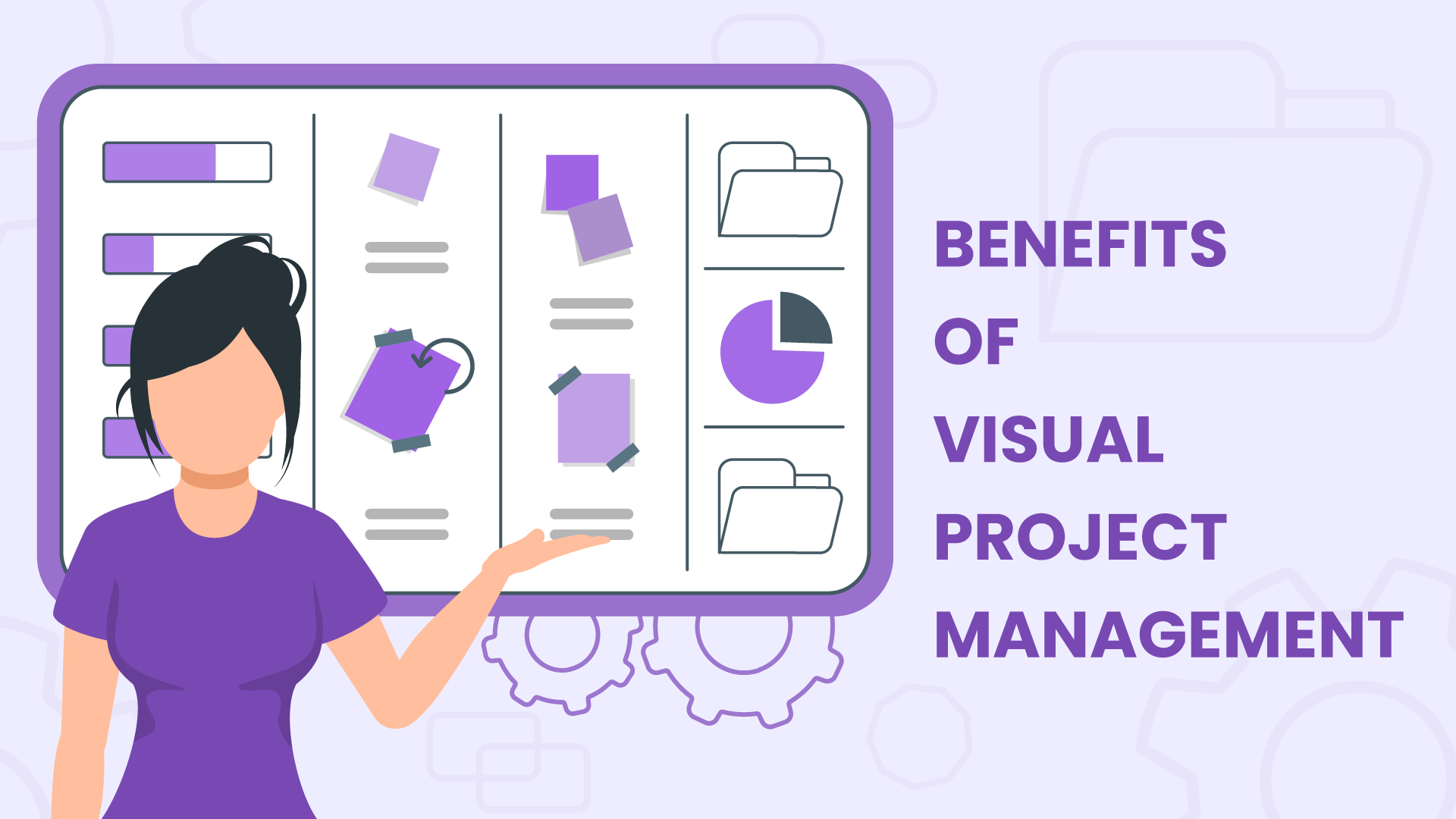





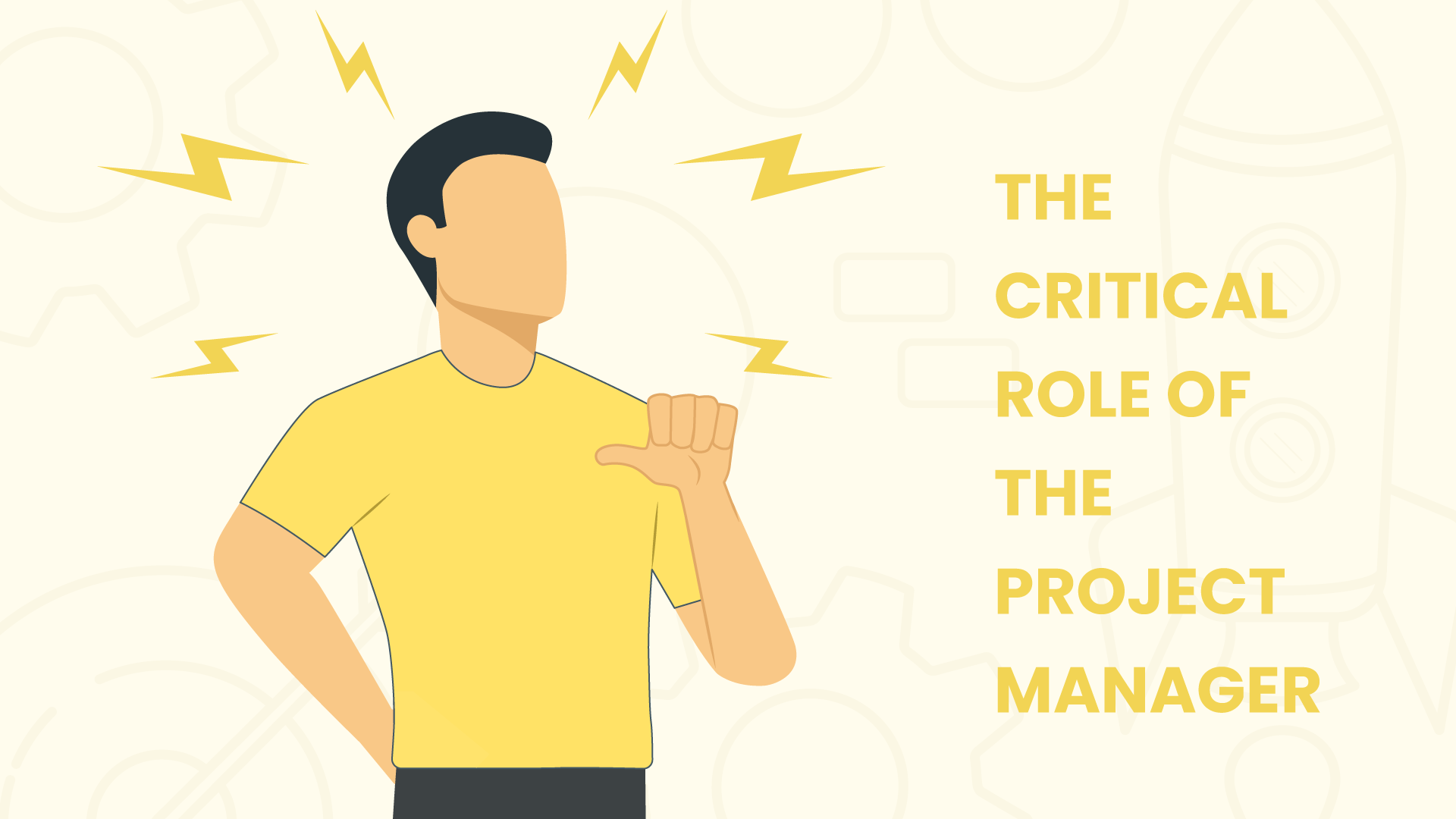




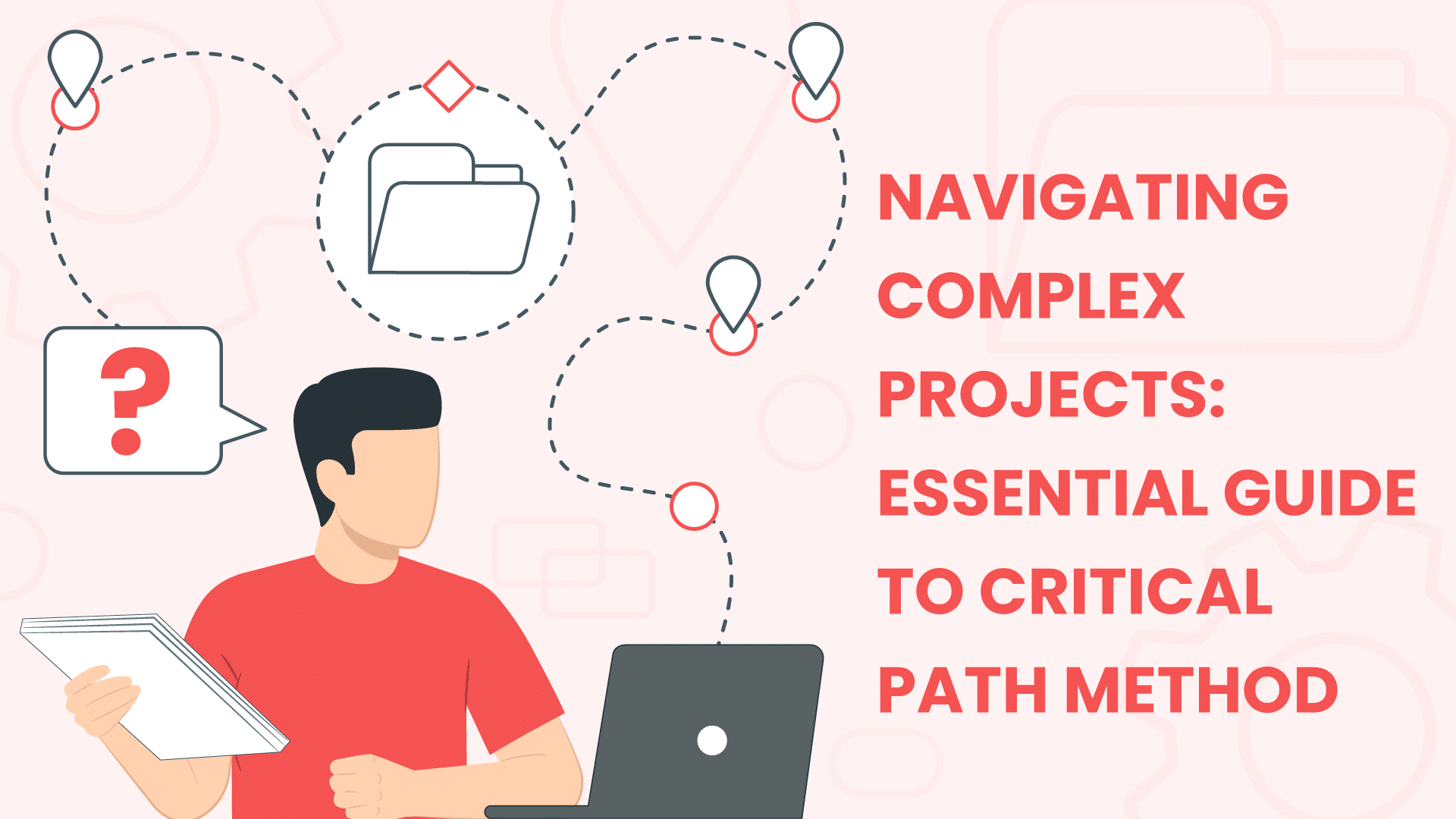










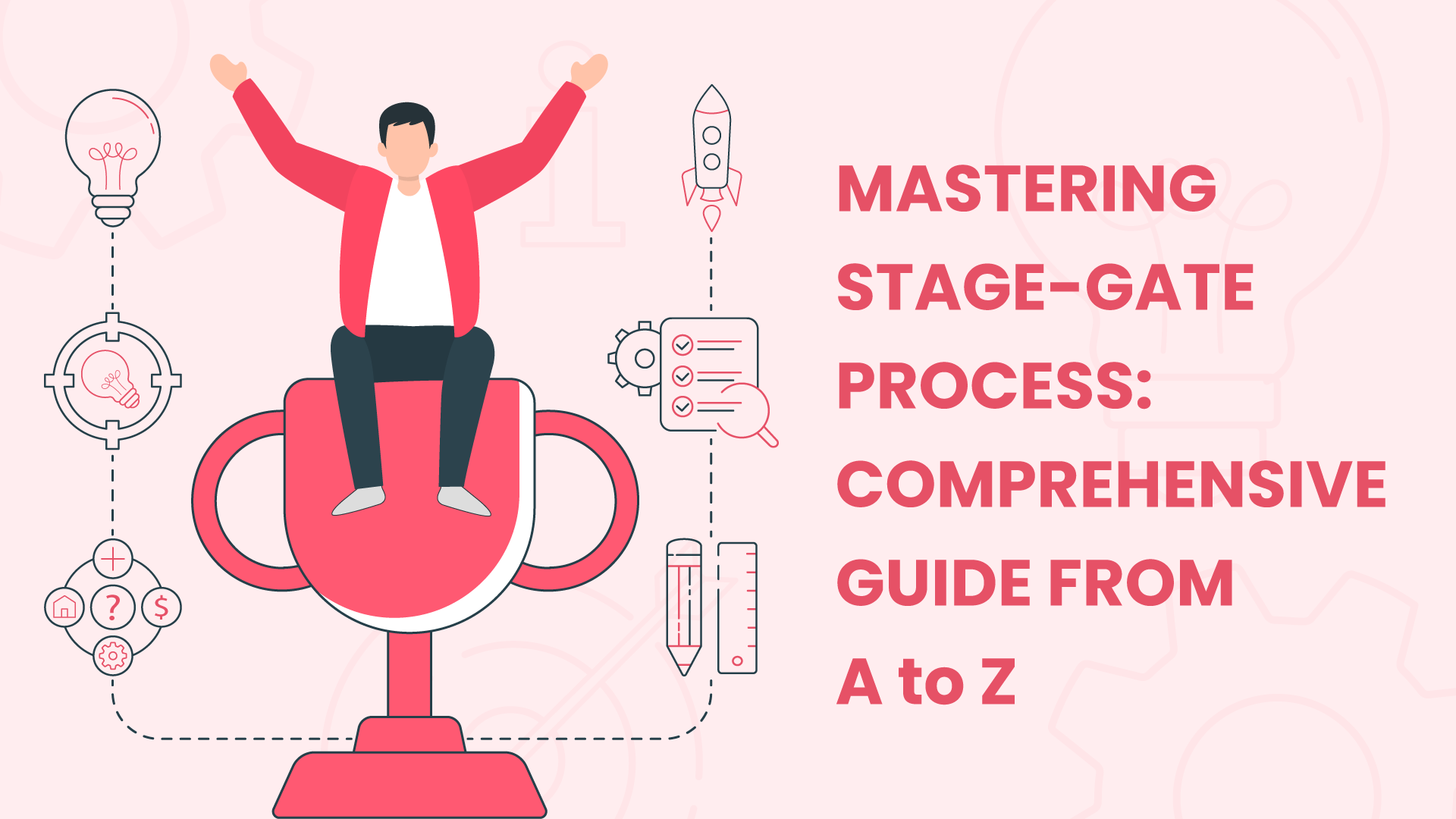

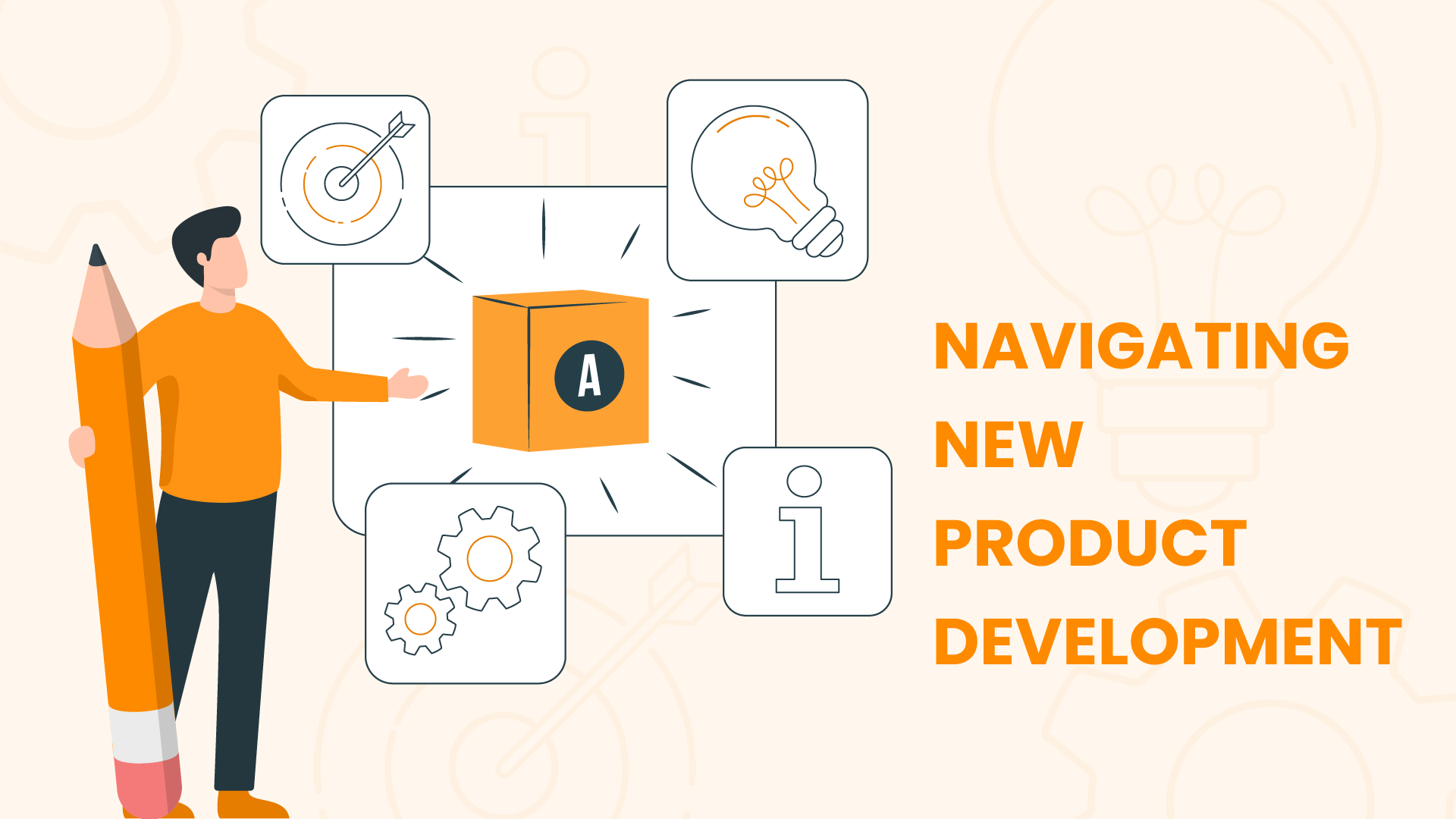



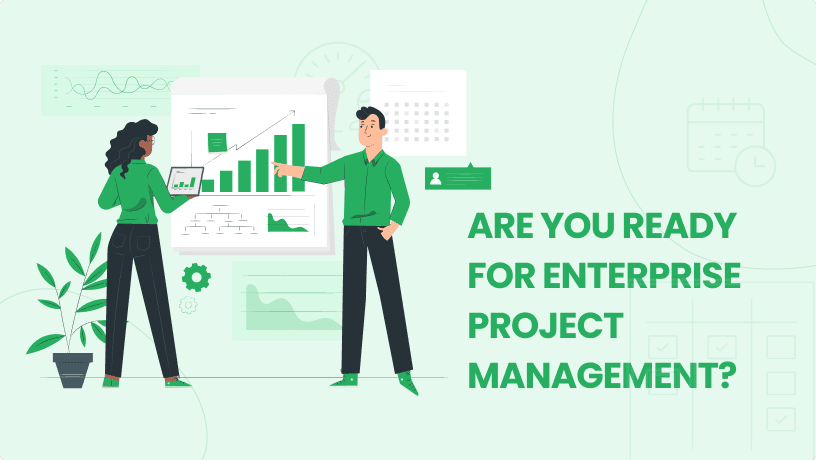

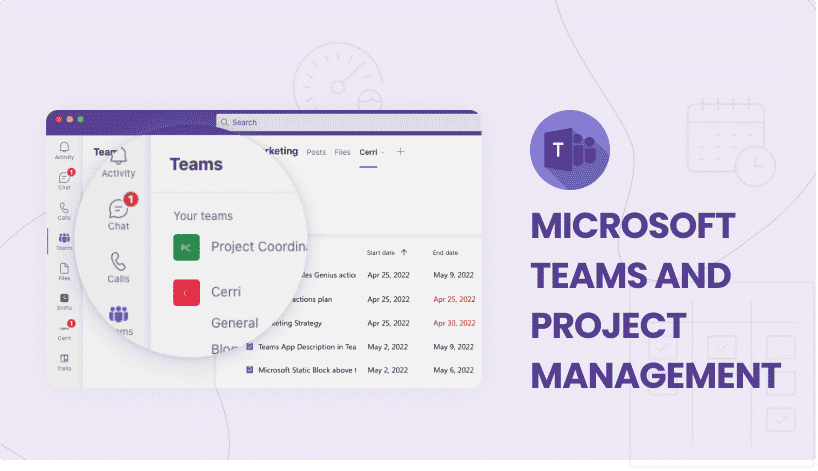
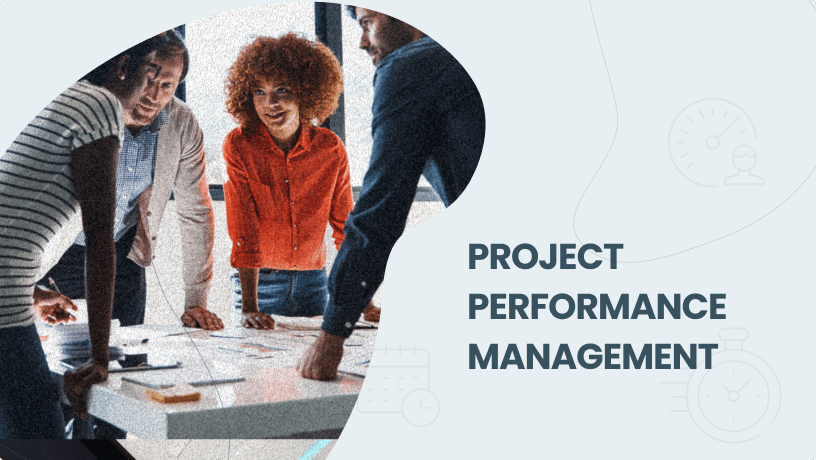

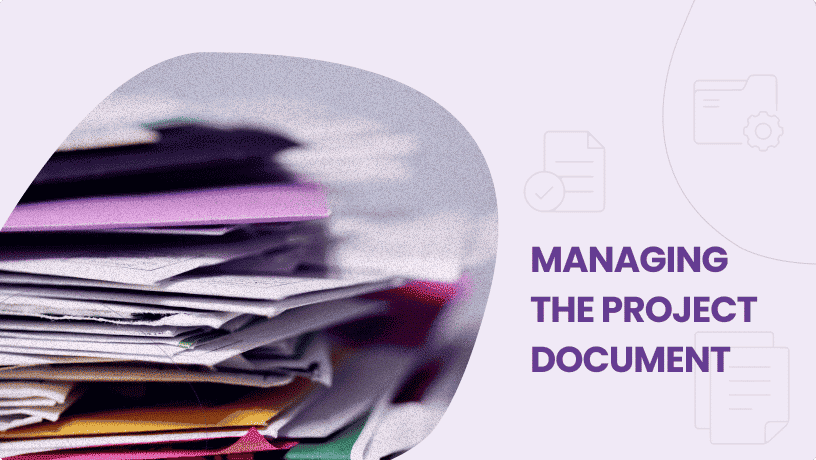










 Task Management
Task Management 

















 Customization
Customization
